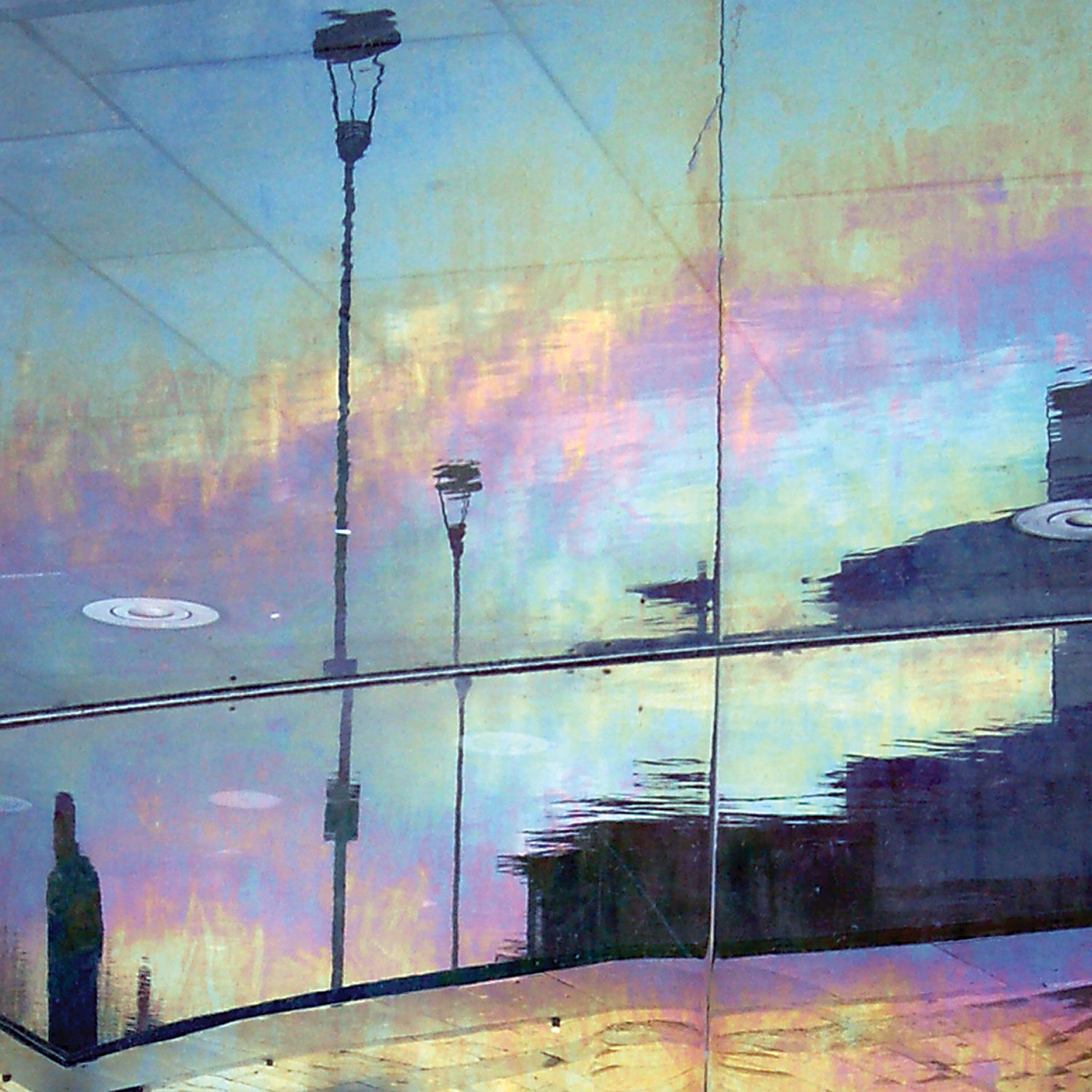I’m in endurance mode with George Steiner’s Real Presences (1989). What pitted, articulate, ranging, poetic depth he brings to present-day understandings of the arts. At my sense of it, he says we need a reckoning with the undisputed ‘life of meaning in the text, in music, in art’ (p.50) because our world is doing away with having to face mystery, immediacy (even ‘the wholly personal hospitality we owe our own death’, p.50) in what is a society in thrall to positivist accounting for the humanities or cheap journalistic thrill. We’d rather write about the arts, and screen their effects, than face their ‘implosive powers within the echo chambers of the self’ (p.10).
Everything about the journalistic-academic burgeoning of commentary and reflection and endless publications about the arts, the tsunami of talking, the preoccupation with inflated argument is ‘bustling pretence’ (p.48), ‘caring mediocrity’ (p.23), a ‘narcotic’ against interpretation as lived and felt (p.49), articulating ‘an epistemology and ethics of spurious temporality’ and ‘novelty’ (p.26,27). When some interpretative mode-du-jour fails, ‘when the zero-point of trust and of felt meaning is reached’ it’s more a sign of general decay and overinflation in ‘the mushrooming of semantic-critical jargon’, not of reckoning with ‘real presence’ and the humane (p.49). Rather than shooting down such malaise (as Baudrillard would), Steiner asks ‘how can personal sensibility go upstream, to the living springs of ‘first being’?’ (p.40), and proceeds to elaborate what is a declaration for hermeneutics as imaginative, transforming, event; hermeneutics as ‘defining the enactment of answerable understanding, of active apprehension’ (p.7); hermeneutics as ‘a shaping reciprocity between ourselves and that which the heart knows’ (p.9). Actual encounter with the arts precipitate this – for Steiner, especially music.
Amongst the hermeneutic approaches he discusses is the Jewish midrashic circling, retelling, and reimagining tradition towards Scripture. It deliberately brings the text into ‘palpable presentness’ (p.42), being ‘indeterminately synchronic with all individual and communal life’ (p.44). Not so the Christian (‘Catholic’) tradition, which works to extract fixity over and through the specific testimonies of Jesus and the disciples (so ‘dogma can be defined as hermeneutic punctuation, as the promulgation of semantic arrest’, p.44). It is these more legislative and systematic programmes of Christian theological interpretation which the humanities largely inherit today, combined with positivism and carried in the US by a wider non-canonical (‘democratic’), ahistorical ‘egalitarian ideal’ (p.32). But over and against each of these which might notionally stand for or accommodate theological-metaphysical interpretation, Steiner spends the bulk of the book (the 2nd of 3 chapters) elaborating on why modernism radically counters and annihilates such theological possibility.
Since the 1870s, Western consciousness has ‘moved house’ (p.94), effecting a fundamental break between word and world such that the ‘covenant of reference’ (p.96), or the ‘mystery of consonance’ (p.105) which supposes meaningfulness in representation/discourse is gone. Meaningfulness in language (or the linguistic, understood to describe all art) is, according to deconstructionism, a delusion, a ‘lazy dream’ (p.124) exhibiting ‘sclerotic remnants of religion, of metaphysics, of gross positivism’ (p.125). So the death of God, of the author, of intentionality, of logocentrism, etc. ‘Deconstruction dances in front of the ancient Ark. This dance is at once playful, …and instinct with sadness. For the dancers know that the Ark is empty’ (p.122). It feels like a devastating indictment, like Steiner himself accepts nihilism, from which there is no recovery. And yet, because the project is about the living, ever-returning, responsibility-inducing experience in front of art (where we feel ‘the talismanic quickening of our being’ p.63,64), in the final instance Steiner says the reckoning with deconstruction is limited by its theory, its dependence on logic to refute logic.
The full, indisputable freight of deconstructionism is not to be denied or denounced as untrue (within its own postulates, it is true), but it stands apart from the fact of the creative effort, and the fact of interpretative encounter with art. Steiner says he has never met an artist who is a deconstructionist. So with the serious encounter with art, to which everyone can testify at a kind of universally experienced level, even if not articulated through the privileged educational setting of high art. Both describe the human ‘wager on transcendence’ (p.214), the looking to meaning expressed and received beyond or above the immanent, manifest plane of our world. Whether the meaning is there or not, whatever the ‘style of designation’ for the otherness of encounter (p.211, which Steiner himself posits as the reception of an unknown guest knocking at the door), whether it exhibits confirmation or challenge or disruption to our sense of knowing, we enter into it. And it needs theological language, however foolish or embarrassing that is felt to be, to describe it. Steiner stands by this, though ends finally, melancholically, with uncertainty in the face of cultural rejection of the transcendent (which he says is understandable politically, morally, and linguistically) – will art, he wonders, become an archaeology when ‘the verticalities of reference to ‘higher things’… drain from speech’? Will general sentiment follow, or will it ‘aspire to religious fundamentalism and kitsch ideologies’? (p.230) It’s a supremely timely question.
Header image: Floating III, 2010, by Sheona Beaumont
